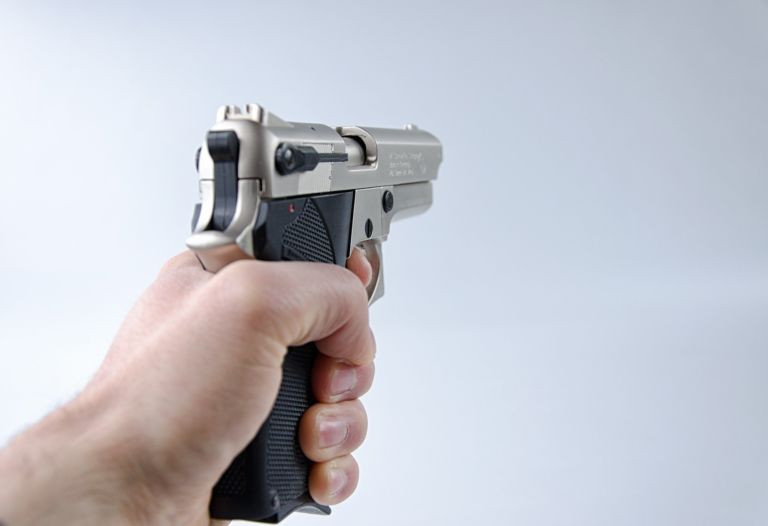Kevin Williamson of National Review Online ponders a dubious pronouncement linked to this week’s Texas school shooting.
A Slate column by Saul Cornell contains a stunning — and, you will not be surprised to learn, preposterously untrue — claim about the rifle used by the killer in the Buffalo massacre: that it was 200 times more lethal than the muskets used in the American Revolution.
This is, of course, pure poppycock.
Cornell’s column links to a post by the Duke Center for Firearms Law, which says nothing about AR-style rifles of the kind used in Buffalo. It does contain a claim that “compared to a revolutionary-era flintlock musket . . . a World War II-era machine gun was more than 100 times as lethal.” Setting aside, for the moment, the issue of quantifying lethality in some meaningful way (I will return to it), crediting these numbers at all would mean that a modern sporting rifle (reported by Cornell to be 200 times more lethal than an 18th-century musket) is twice as deadly as a World War II machine gun (reported by Duke to be only 100 times as lethal as an 18th-century musket). Our friend John Hillen is the expert on vintage military weapons, but I’ll go out on a limb here and say: That is patently absurd.
There were, of course, more than a dozen different machine guns used in World War II, and they varied greatly in firepower, so estimating the lethality of a “World War II-era machine gun” is a meaningless exercise. But even if we just consider the most common U.S. machine gun of that era, the Browning M2 (“Ma Deuce”), the claim that a modern AR-style rifle is something twice as lethal is impossible to take seriously. … Or, to put it qualitatively rather than quantitatively, the 5.56mm rifle used in Buffalo is widely considered insufficiently powerful even for deer hunting (and in some jurisdictions it has been prohibited for that purpose for that reason) while the M2 was used to shoot down airplanes and to disable light-armored vehicles.


